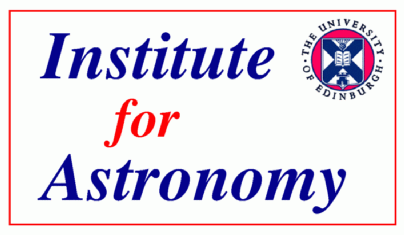

Related Links:IGM simulations |
Photon transmission through the IGMThe intervening neutral hydrogen in the IGM diminishes the
light of a distant source, such as a galaxy or QSO. As a result, the
spectrum, and hence the colours, of the distant object will be
modified. There are two principle effects: the scattering of photons
passing through the hydrogen Lyman resonance lines, and the
photoelectric absorption of photons with energies above the
photoionisation threshold of neutral hydrogen (13.6eV). Most of the
resonance line scattering is due to the baryonic structures which give
rise to the Lyα forest ,
while most of the photoeletric absorption is due to rarer Lyman Limit
Systems (LLSs), systems optically thick at the Lyman edge. The
attenuation of a background source by the IGM may be characterised by
the
transmissivity function exp(-τeff), where τeff
is the effective optical depth of the IGM, and is a function of
observed wavelength and the redshift of the source. A table of emissivity values is given here. The colours of high redshift sourcesThe colours of high redshift objects will be altered by the transmissivity of the IGM. Estimates for the number densities of galaxies and QSOs detected in photometric surveys must take into account the effect of the IGM on the colours to infer the true populations. A Java GUI that computes the amount of intergalactic extinction due to scattering and absorption by neutral hydrogen in the IGM and its effect on galaxy colours is available here. A tarball of the code may be downloaded from tarball. |